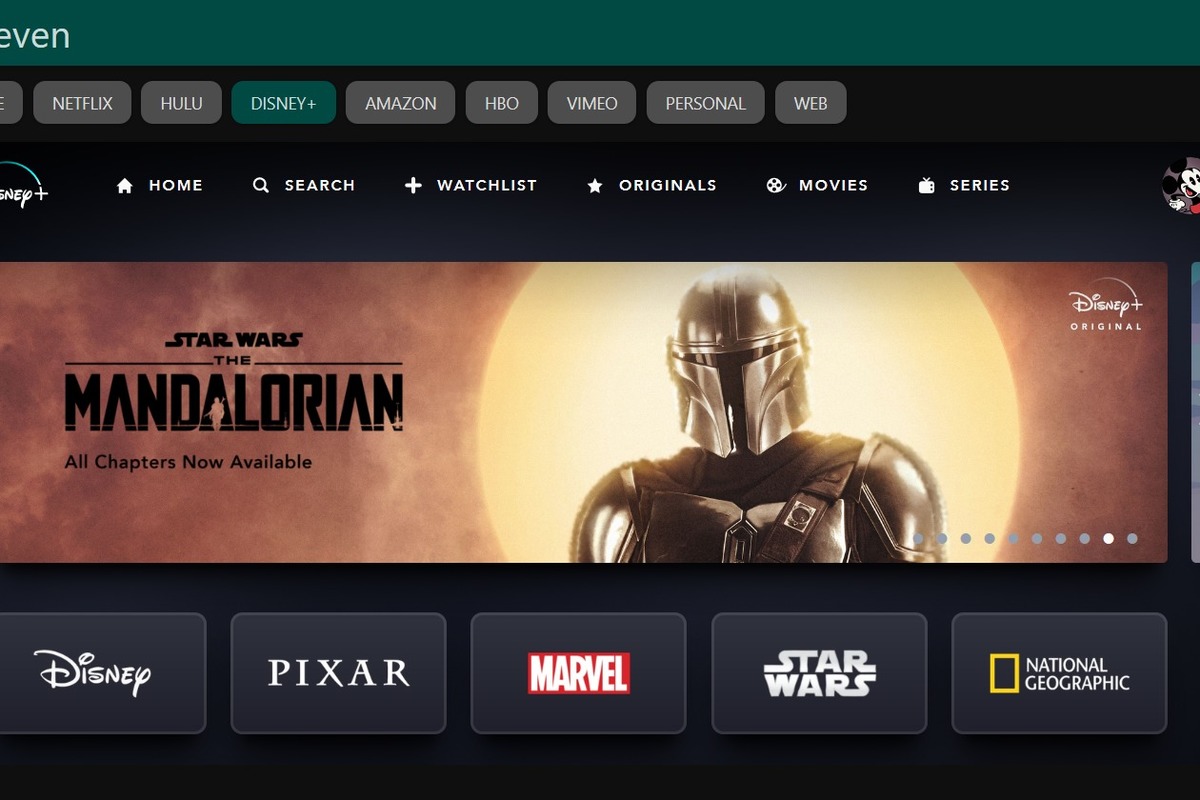History
Microsoft Office is described as an office suite of several applications, services and servers which was developed by Microsoft. The Office product was first announced back in 1988 by no other than Bill Gates at the COMDEX (Computer Dealer’s Exhibition) held in Las Vegas. The office suite was originally a marketing term for the bundled set of applications. The original version of the Microsoft Office included Word, Excel and PowerPoint. Through the years, the Microsoft Office application has gradually changed to better fit the needs of users. The changes include shared features such as OLE data integration, spell checker and also Visual Basic (VB) for applications with scripting language. Because of the popularity as well as the efficacy of MS Office application, the number of users have steadily increased and Softpedia announced on July 2012 that there are now over a billion users all over the world.
Versions of Microsoft Office
The desktop version of MS Office is available for all Windows based platforms and as well as for MAC OS X. MS has also introduced a touch-optimized version which is pre-installed on Windows RT tablets to enable mobile users to avail of Microsoft services through the Office Mobile which is accessible for free on iOS, Android and of course Windows Phone. Office Online is the web-based version and Microsoft has already stated its plans to create more versions for other well-known platforms.
The MS Office application is quite easy to use and understand. However, newbies may find it hard to maneuver through the application so here are a few tips on how to easily utilize the applications.
Microsoft Word
MS Word is basically a word processor and was initially considered as the chief program in the Office application. There are over 10 MS Word versions now and more than half is considered either obsolete or irrelevant. The most widely used MS Word versions are Word 2003, Word 2007, Word 2010 and Word 2013. The following are helpful tips on how to easily navigate MS Word and its different versions.
Word 2003
This version of MS Word is a perfect tool to create awesome looking documents; from formatting, page numbering, indexes and even more options to choose from. This version of MS Word has a few tricks up its sleeve which can help anyone master the creation of documents. One of the best features of the MS Word 2003 is that it will automatically save your work every few minutes. This means that you will still have your document even if you experience a computer shutdown. You can also automatically save your documents by following these steps:
Go to Tools, then Options and click the Save tab. Make sure that the Save Auto Recover check box is ticked and then type your preferred backup interval inside the Minutes box and then click OK.
Word 2007
MS Word 2007 is basically the same as the other versions but has added a few features which can help you create better documents with ease. Word 2007 offers editing and formatting keyboard shortcuts that are already well known by countless Windows users. It also features common and not so common keyboard commands such as pressing Ctrl+Shift+G to display the Word Count.
Word 2010
There are a few new changes in Word 2010 but the basic keyboard shortcuts are still the same. Formatting and other shortcut keys are basically the same as the previous versions. One cheat sheet we’d like to share is lining up your texts using Word 2010 to make it a lot easier when you use tabs instead of the space bar.
Word 2013
Word 2013 may have a complex ribbon which has tabs and other useful icons. However, the complexity is only temporary since the keyboard shortcuts and basic commands are the same as the other MS Word versions. One good tip when using Word 2013 is to press Shift + Enter to embed a soft return which can be very practical when you need to break a line of text like in an address or in a document title.
Microsoft Excel
There are over 10 versions of Microsoft Excel but the more popular versions are Excel 2007, Excel 2010 and Excel 2013. Some of the Excel functions apply to several subject areas while most functions are actually general and can be used for all needs. The Excel functions are basically the same regardless of the versions such as SUM, AVERAGE, COUNT, INT and ROUND just to name a few. The order of operations when using Excel starts with Parentheses, Exponents, Multiplication and Division and Addition and Subtraction.
Microsoft PowerPoint
MS PowerPoint is a slide show presentation program which was launched back in 1990. There are over 10 versions for MS PowerPoint and the more commonly used are versions 2003, 2007, 2010 and 2013. The commands and functions of different versions are actually the same. However, users must learn basic formatting shortcuts to ensure that their presentation will be outstanding.
Maria Marilyn Madrid
















